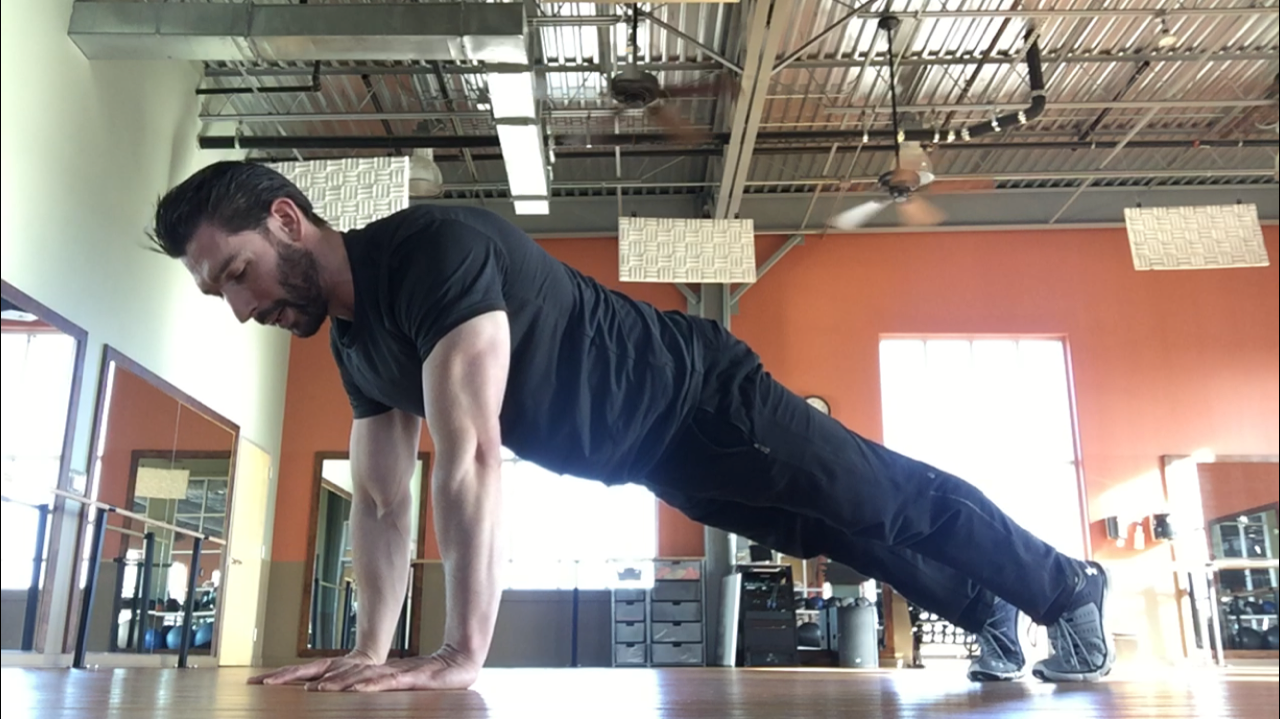“This is what we should have been learning in gym class.”
- Essentially every person I’ve trained
Part 1 of this blog post focused on the immediate benefits of a training and recovery program for youth athletes. Part 2 is going to focus on the long term benefits, and the possible consequences of lacking this information, with examples that most parents of youth athletes will be able to relate to. Because there is a consensus among the adult clients at Foundation Personalized Fitness that gets straight to the heart of this post. Every single one of them has experienced injury or pain due to muscle imbalances, stiffness, and poor movement patterns. And every one of them has said at one point or another that they wish they had learned these concepts of proper weight lifting and self care recovery when they were younger. And a key element when beginning to understand proper lifting mechanics is a term we like to use called form.
Form is the word we use to describe the specific movement that should be performed when doing a certain exercise or lift. It is deeply tied to the principles of physics, and how the joints in our body act as lever systems. But form is about more than just how we’re supposed to move, it’s an awareness of our center of gravity and how we maintain stability, control, and balance as we move.
When adults come to us with pain issues, movement and balance issues, or the looming threat of surgery, the thing that I can never stop myself from thinking is: if only they had been taught from the beginning how vital it is to understand the fundamentals of movement patterns. Probably the most frustrating part of it all is that this is a completely straightforward and understandable concept, all it takes is someone explaining it and helping you understand how to apply it. When a person understands how to maintain their center of gravity when they squat, or how to stabilize their position and “organize” their muscles when they set up for a deadlift, this allows them to protect their joints and spine and avoid injury. And understanding these concepts and being able to implement them directly translates into how well you run, jump, kick, throw, pick things up, and even hold your posture. For adults it can mean eliminating low back pain, hip, knee, and foot pain, and building up strength that will keep you out of the doctors office and feeling strong and capable. Learning this when you’re young is something that you’ll value and be grateful for the rest of your life.
But the issue is the same over and over again. When we’re younger our bodies are able to withstand and (generally) recover from the negative effects of poor or improper movement patterns and lifting techniques. You may feel a little joint or muscle pain that seems like it’s more than just your typical soreness from working out, but it tends to go away after a day or two. Therefore, there’s no unmistakable indicator that’s telling you something is wrong and needs to be addressed. So we continue these patterns and lifting styles throughout our lives. It isn’t until we’re older and our bodies no longer have the ability to recover so easily that we start to experience the more chronic pain caused by our poor movement patterns. We often attribute this to simply “getting old”, and why shouldn’t we? If you have been exercising and lifting weights the same way your whole life and it’s never been a *major* issue before, then why would you attribute it to that now? And therein lies the problem.
Imagine all the countless aches and pains that could have been avoided, and the time spent going to the doctor to figure out why this or that hurts, simply by understanding from a young age how to move and lift properly. People comment a lot about the failure of our medical system being treatment based rather than preventative. I recently heard it referred to as “sickcare, not healthcare”. Well, what I am suggesting is about as preventative as it gets. And this is just one aspect of why youth athlete training should be compulsory. In the immediate sense it becomes practical because when our athletes train effectively and efficiently, they become stronger, avoid pain and injury, and ultimately their ability to access and generate power allows them to be the best athlete they can be. Which is what every athlete is looking for. And in the long term it is instilling an awareness of how important movement really is, and practicing recovery work to prevent muscle stiffness that can lead to joint pain and injury.
This issue is undeniable and I witness the negative impact of this lack of education every single day, in both the adults that come in to fix whatever pain they’re experiencing and get stronger, as well as in our youth athletes that simply weren’t able to recover so easily from poor movement mechanics and have now developed an injury or chronic pain. This not only deprives them of their full potential as athletes, it potentially sets them up for a lifetime of chronic pain and recurring injury if the underlying problem isn’t addressed and replaced with a proper understanding of movement and training, along with a recovery plan that focuses on reducing stiffness and increasing blood flow to overworked tissues. Please contact us with any questions you might have about personal training for youth athletes. This is something that will not only benefit them now, but have a lasting, lifelong impact.



